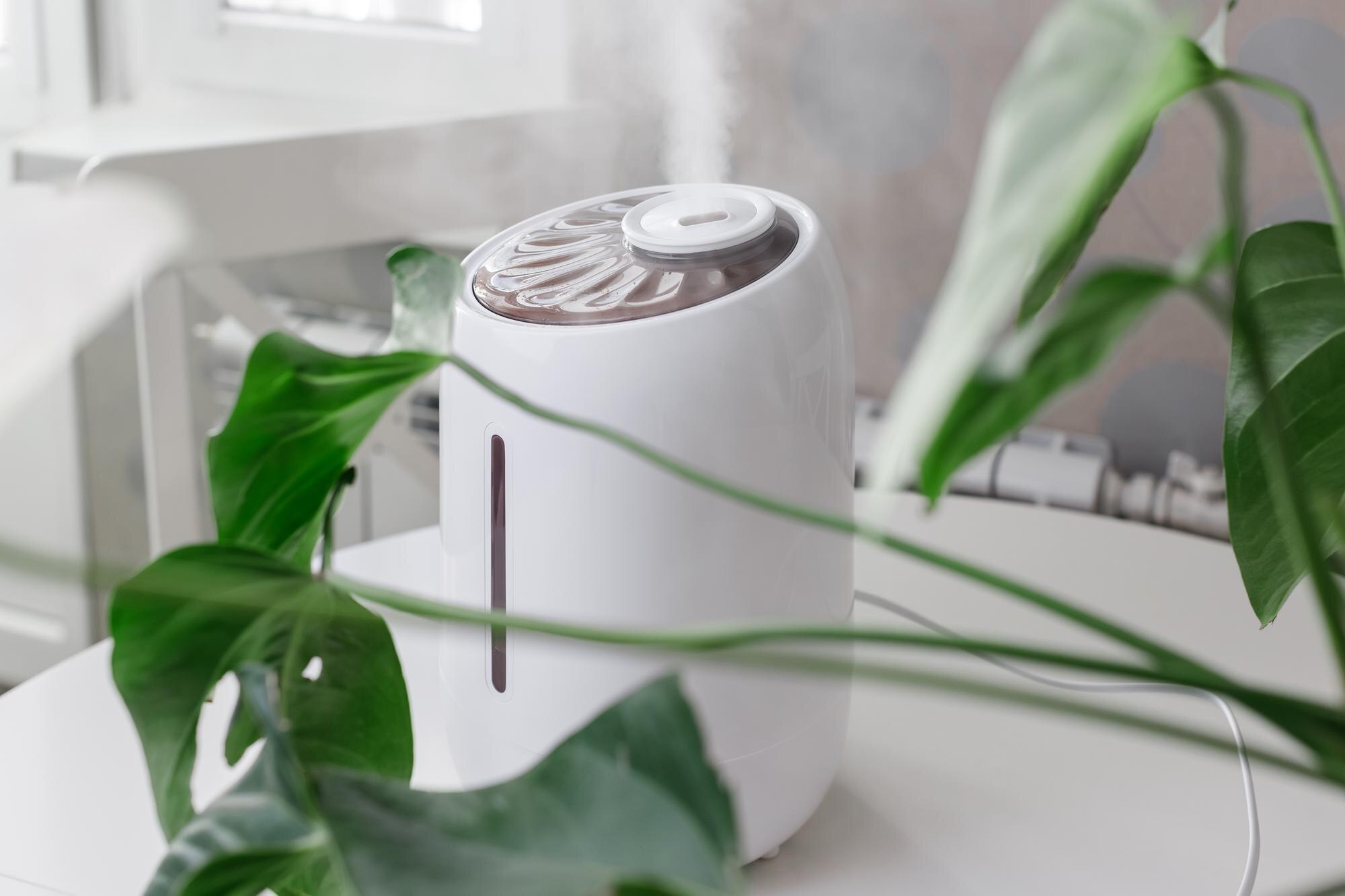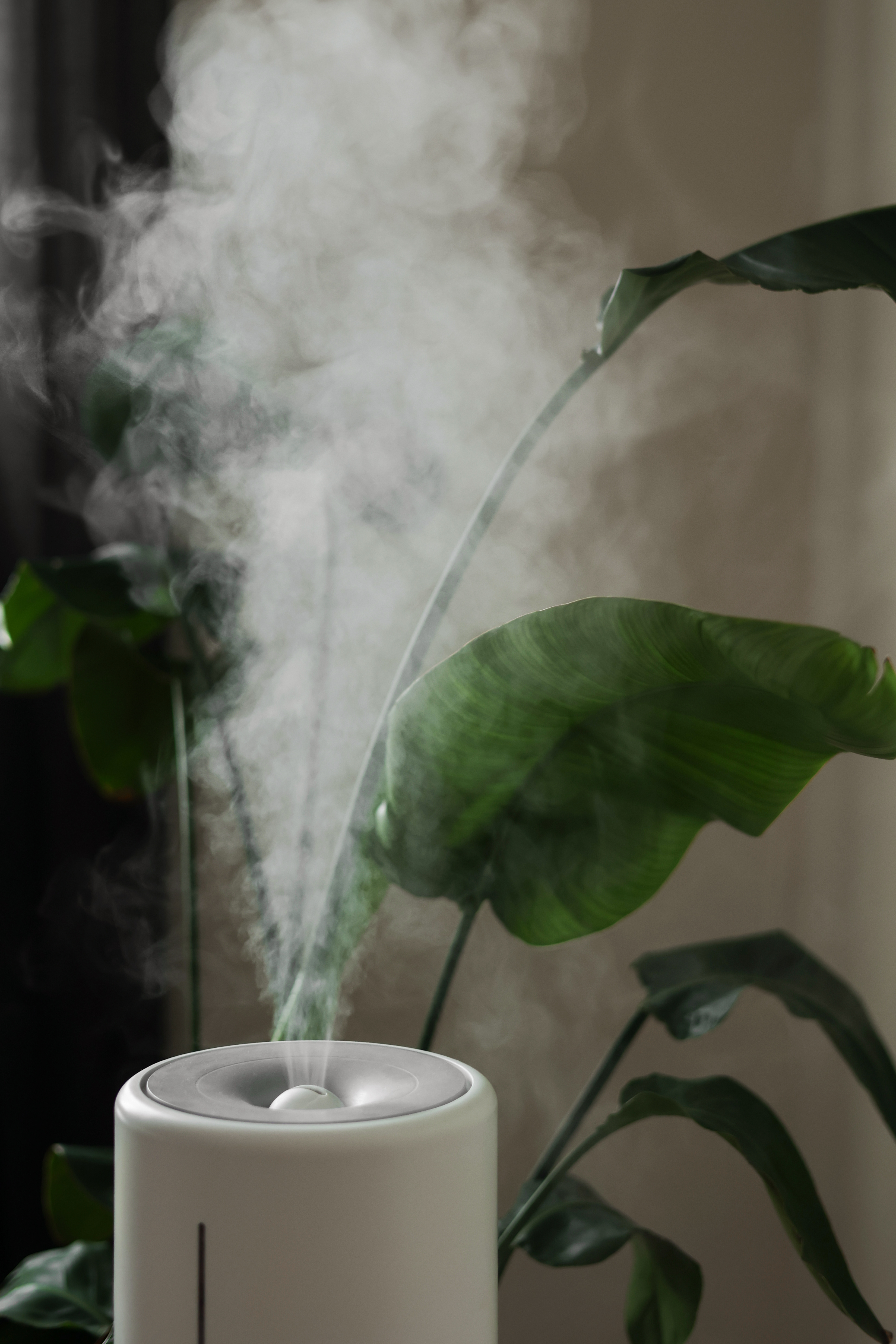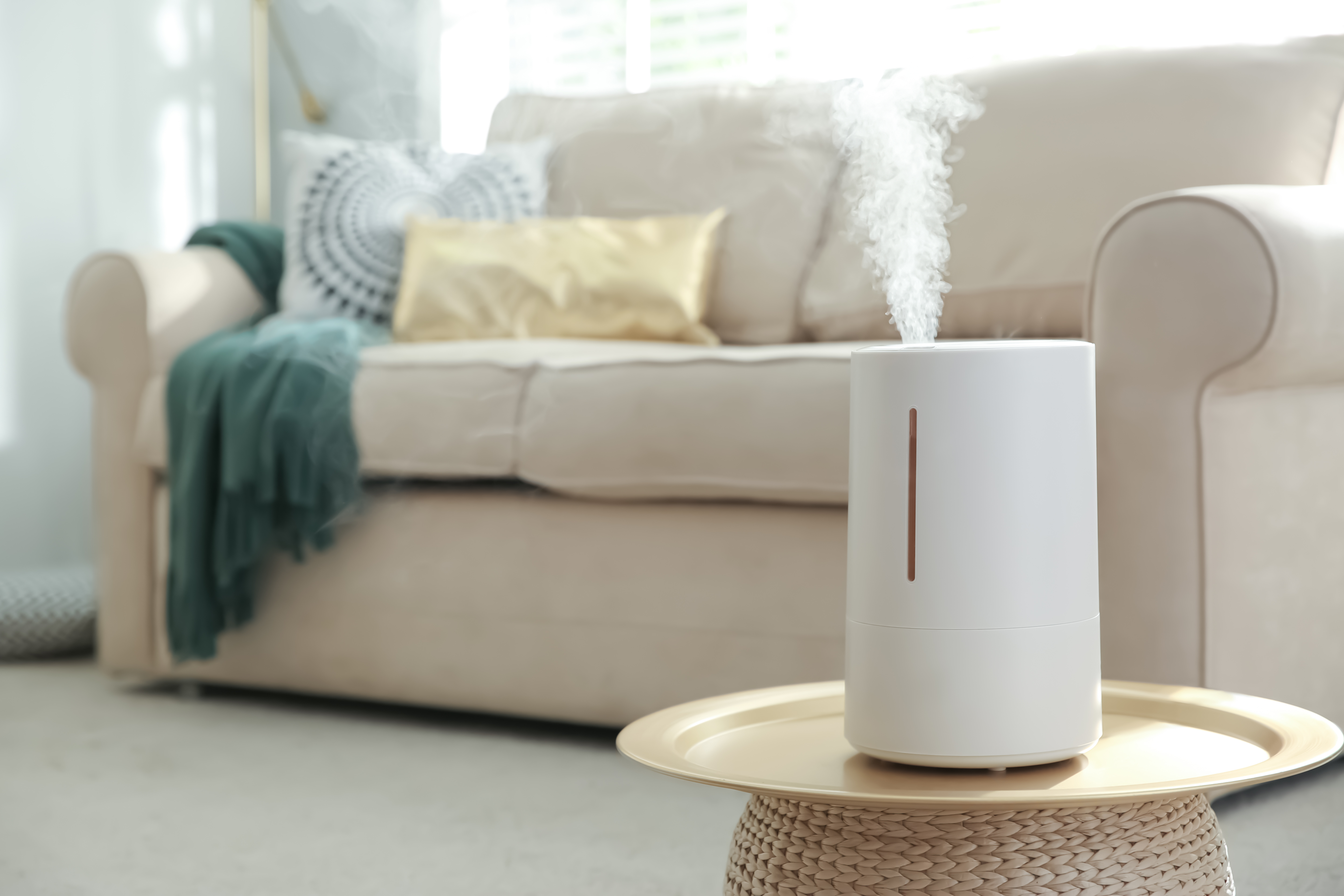Is Your Home Air Too Dry or Too Damp? Quick Tips to Balance Humidity!
Dry air can leave your skin itchy and your throat scratchy, while damp air invites mold and musty smells that drag down home comfort. Balancing indoor humidity isn’t guesswork—it’s about knowing when to use humidifiers or dehumidifiers to improve air quality. Keep reading for simple, practical tips that help you manage humidity and make your space healthier and more comfortable. Check out this guide for more detailed insights.
Understanding Indoor Humidity

To maintain comfort in your home, understanding indoor humidity is key. You might wonder what signals to look for when your air isn’t just right. Let’s break it down.
Signs of Dry Air
Dry air can quickly become an issue. If you’re waking up with a scratchy throat or noticing frequent static shocks, your air might be too dry. You may also see cracks in wooden furniture or floors, as they lose moisture.
Watch out for dry skin and irritated eyes, common signs of low humidity. Many people think opening a window solves the problem, but that’s often not enough. Increasing moisture in the air with a humidifier can be a more effective solution for these issues.
Symptoms of Damp Air
Damp air brings its own set of challenges. A musty smell in your home often hints at too much moisture. Mold spots appearing on walls or ceilings are another telltale sign.
Keep an eye out for condensation on windows, as this might indicate high humidity. While many assume a quick wipe-down solves it, addressing the root cause with a dehumidifier is often necessary. For more tips, check the EPA’s guide on controlling moisture.
Tools for Humidity Management

Getting your indoor air just right means having the right tools. Let’s explore how to choose and use these devices to manage your home’s air quality effectively.
Choosing the Right Humidifiers
When selecting a humidifier, consider the room size and your specific needs. A small model works for a bedroom, while larger spaces may require a whole-house system. Ultrasonic humidifiers are quiet, making them ideal for places where noise is a concern.
Think about maintenance too—some models have filters that need regular changing. You might find yourself drawn to fancy models, but simplicity often works best. Remember, the key is finding a device that fits your lifestyle and home needs.
Effective Use of Dehumidifiers
Dehumidifiers come in various sizes and capacities. For a basement, a larger unit might be necessary. If your issue is more localized, like a bathroom, a smaller unit could suffice. Make sure to empty the water reservoir regularly or opt for a model with a continuous drain option.
Position your dehumidifier where air flows freely—avoid corners or behind furniture. Some believe the unit’s placement doesn’t matter, but proper positioning ensures it functions optimally. Check out this guide for more on using your HVAC system to manage humidity.
Tips for Balanced Air Quality

Now that you know what tools to use, let’s look at some tips to keep your home’s air in check. These easy hacks can make a big difference.
Simple Home Comfort Hacks
Start with ventilation. Open windows when weather permits to let fresh air circulate. Use exhaust fans in kitchens and bathrooms to minimize moisture build-up.
Houseplants can help too, as they naturally balance humidity. A few plants strategically placed can improve air without extra equipment. Many folks overlook this simple step, but it’s effective and adds greenery to your space.
Maintaining Optimal Air Levels
Track your home’s humidity with a hygrometer. Keeping humidity between 30% and 50% is ideal. Regularly check your devices to ensure they’re working properly.
Don’t forget to clean your humidifiers and dehumidifiers. Neglect can lead to mold growth inside the device, counteracting your efforts to improve air quality. Keeping your tools in top shape ensures they serve you well.
With these insights and tools, you’re on your way to a more comfortable living space. Remember, balancing humidity is about small, consistent actions that lead to big changes in air quality. For more tips, explore this comprehensive guide on maintaining the right levels in your home.



